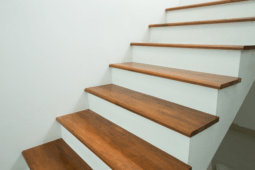Understanding Wood Movement – Expansion and Contraction
Understanding wood movement is crucial for anyone who dabbles in woodworking, whether as a hobby or professionally. Wood is a dynamic material; it lives and breathes, responding to the environment in ways that can spell success or disaster for your projects. Here’s a deeper dive into what makes wood tick and how you can work with its unique characteristics.
The Basics of Wood Movement and What Every Woodworker Should Know
Wood isn’t static. It moves according to changes in humidity and temperature. When wood absorbs moisture from the air, it swells, and when the air dries, wood shrinks. This natural process can affect everything from the flatness of a tabletop to the fit of a drawer.
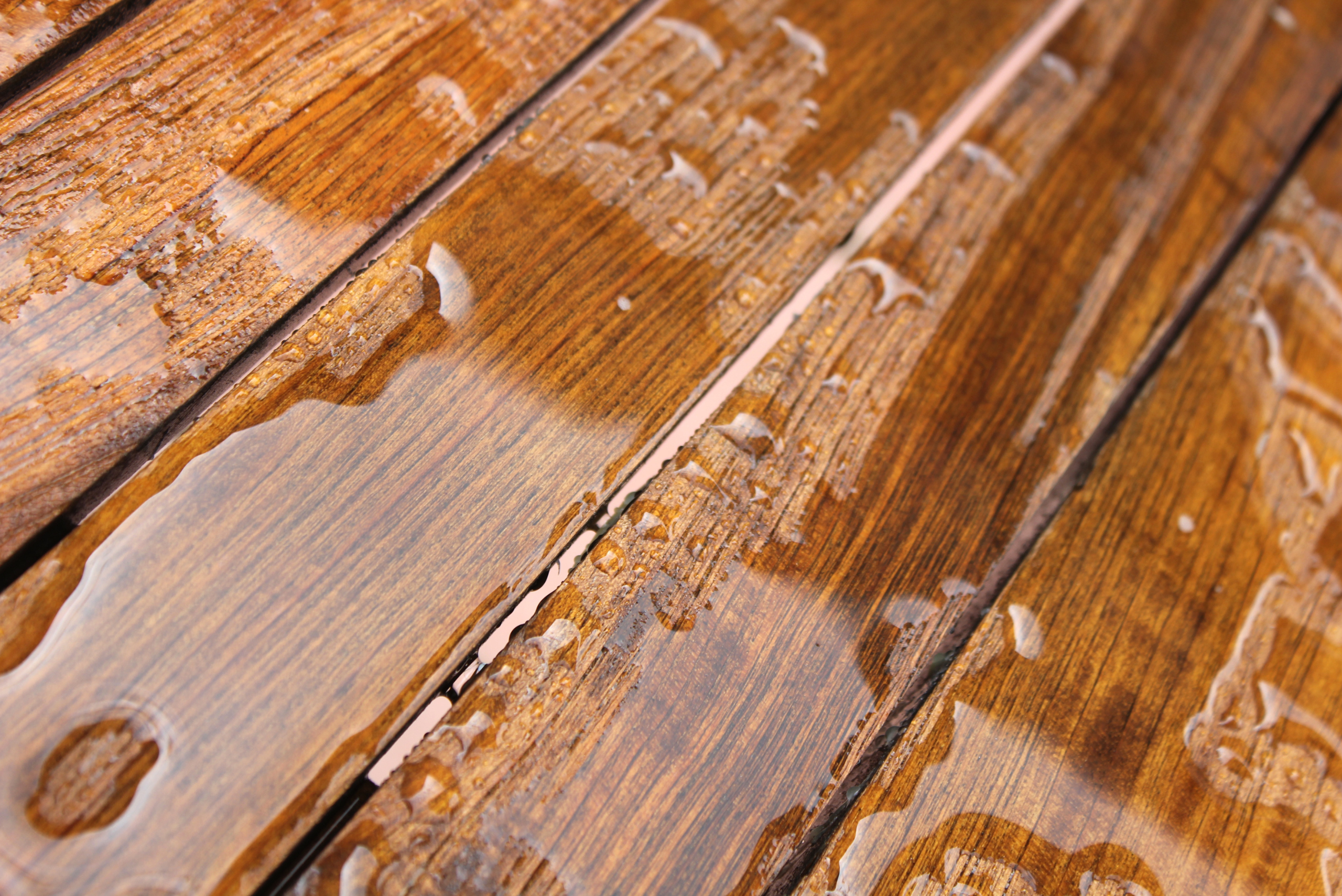
Understanding these changes is essential to prevent warping, splitting, or other damage. By choosing the right types of wood and preparing them properly, you can ensure that your creations are both beautiful and durable.
Choosing the Right Wood Type for Minimizing Movement
Not all woods react to moisture in the same way. Some, like teak and cedar, are more stable and less prone to movement, while others, such as hickory and maple, can be more temperamental. Knowing the tendencies of different types of wood can help you make informed decisions when starting a project.
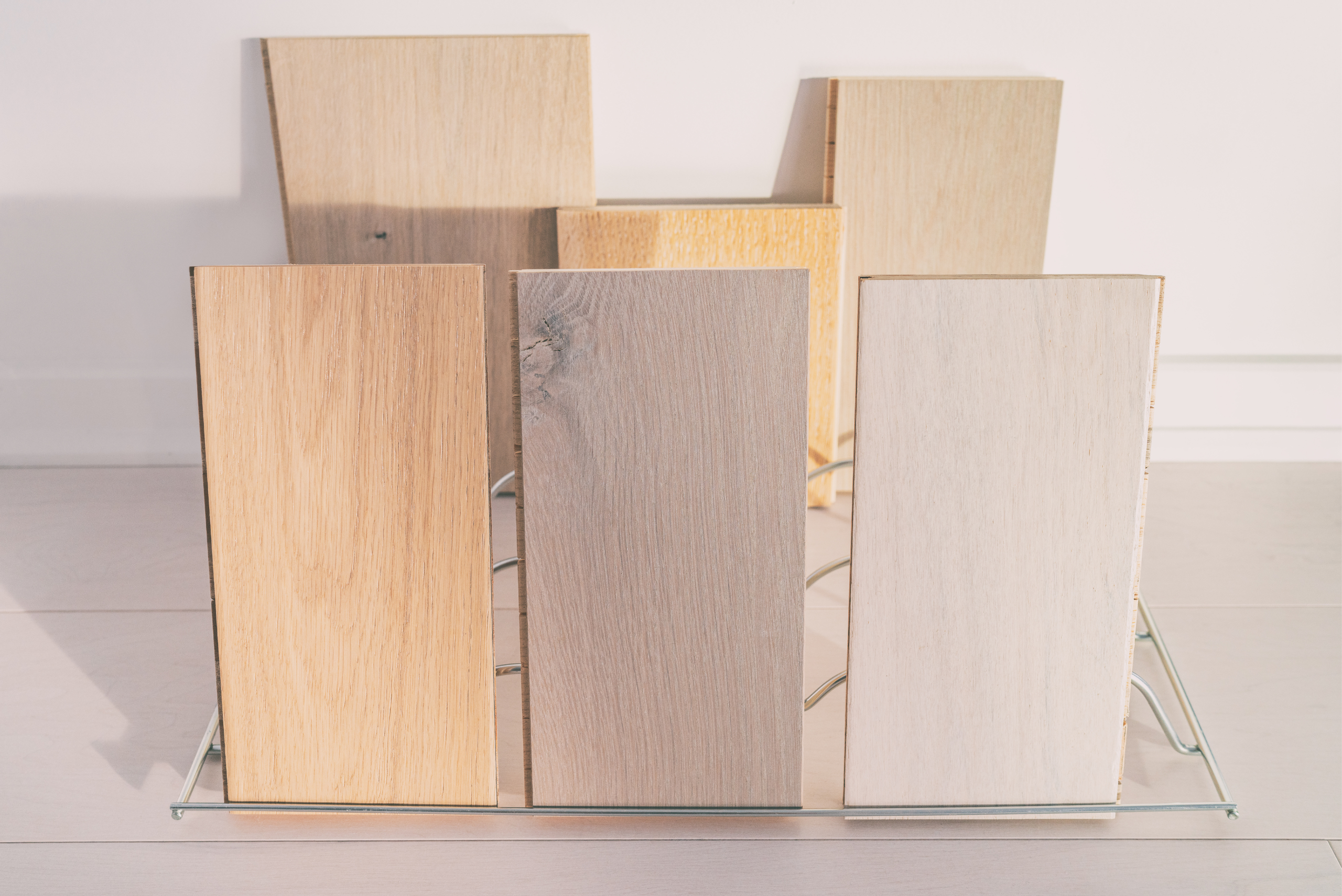
It’s also beneficial to consider the cut of the wood. Quarter-sawn wood, for example, tends to be more stable than plain-sawn wood, making it a wiser choice for elements that require dimensional stability.
How to Measure and Anticipate Wood Movement in Your Projects
Accurately predicting how much a piece of wood will move can save a lot of headaches. This involves understanding the wood’s moisture content and how it’s likely to change, given your local climate. Tools like moisture meters can be invaluable here, allowing you to measure the wood’s moisture level and anticipate its movement.
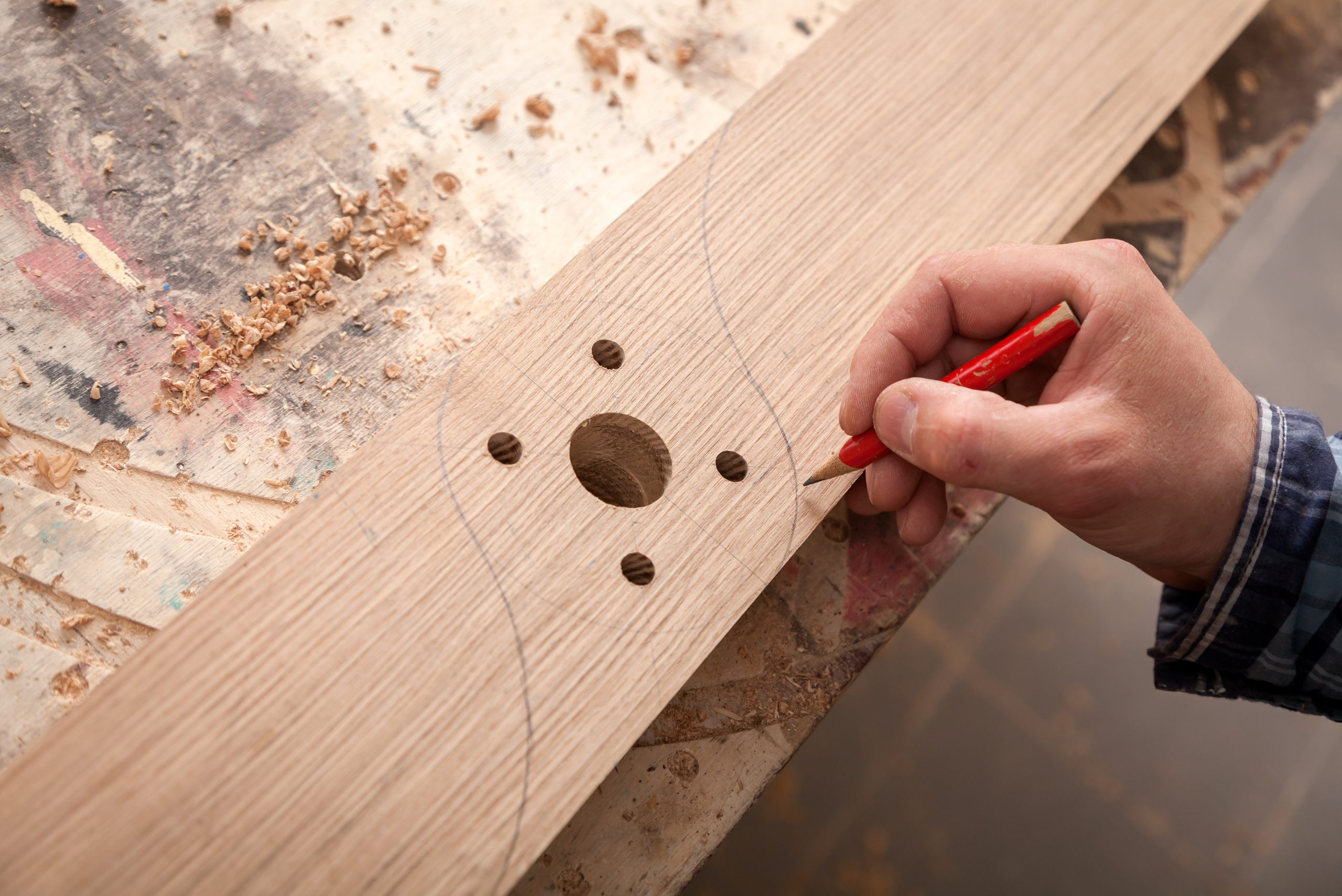
Additionally, understanding the coefficients of expansion for different types of wood can guide your calculations on how much space to allow for wood movement in your designs.
Practical Tips for Accommodating Wood Movement in Design
Designing with wood movement in mind is key to the longevity of any piece. For instance, when building a wooden table, it’s wise to allow the top to float rather than securing it tightly to the base.
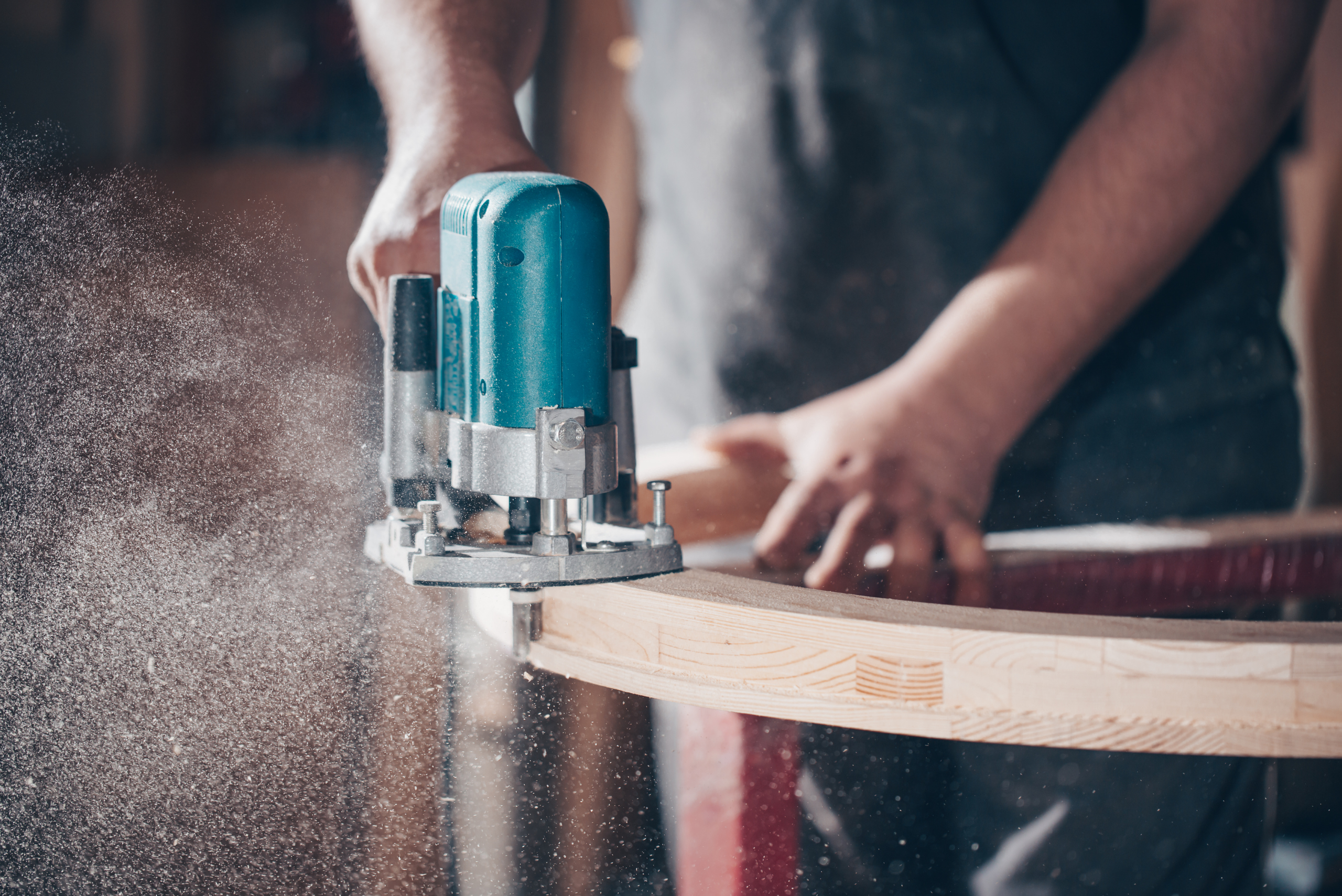
This can be achieved using slots in the mounting brackets, which accommodate expansion and contraction. Similarly, constructing frame-and-panel doors with floating panels ensures that the wood has room to move without causing damage.
The Role of Finishes in Controlling Wood Movement
Finishes can play a significant role in managing wood movement by sealing the wood and slowing the rate at which it absorbs or releases moisture. You will want to research wood and finish compatibility during your DIY projects, ensuring to take into consideration where the finished product will be used and other local environmental factors.
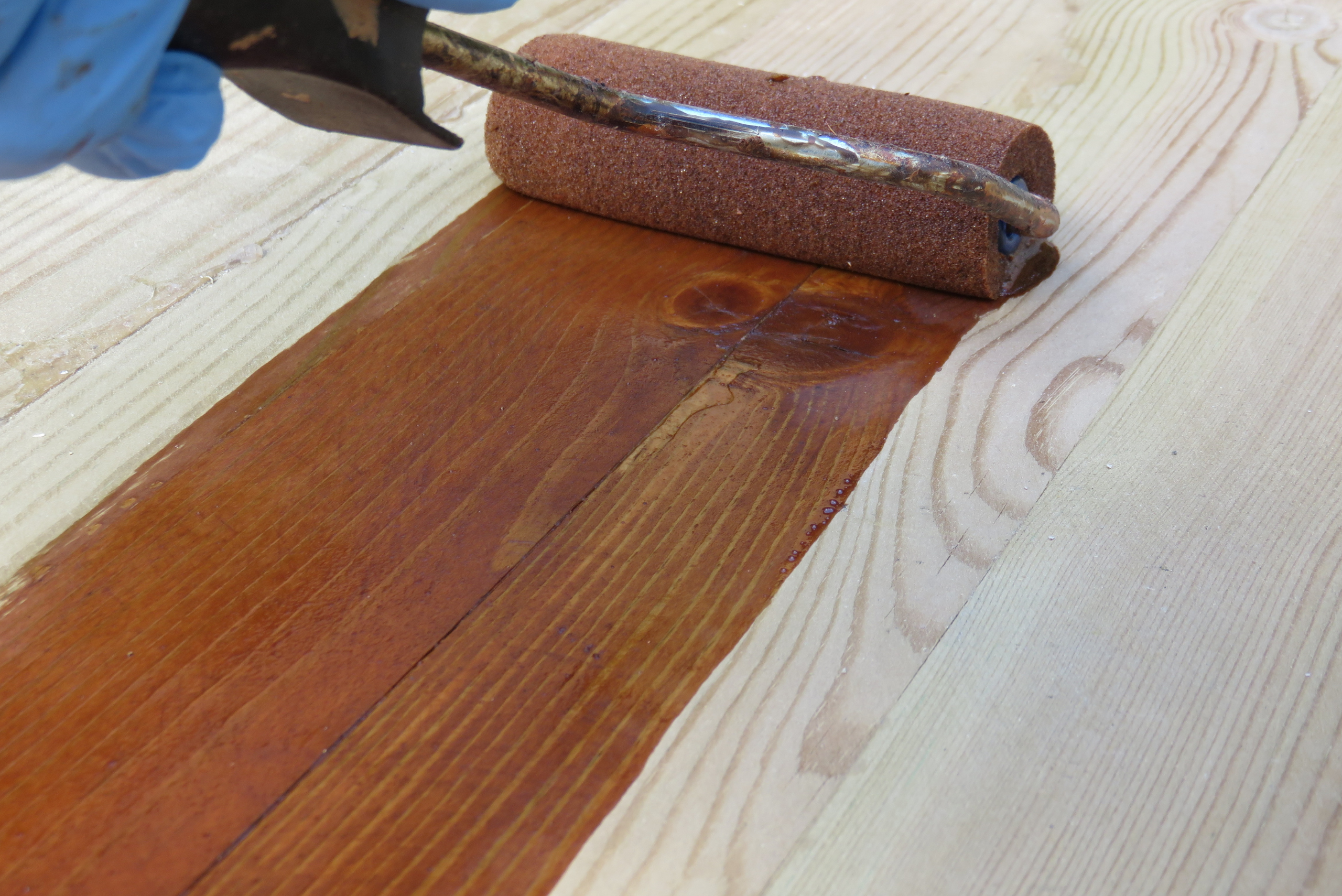
However, no finish can completely stop wood movement, so it’s still important to design with this in mind. Different types of finishes offer varying degrees of protection and aesthetics, from penetrating oils that offer a more natural look to more robust varnishes that provide a durable topcoat.
Related Articles
- Creative DIY Wood Projects That Will Challenge Your Skills
- How to Unwarp Wood – Efficient Restoration Tips
- Ways to Prevent Router Tearout During Woodworking Projects
In woodworking, as in life, movement isn’t something to be feared but something to be planned for. With the right knowledge and techniques, you can ensure that your wooden creations stand the test of time, adapting gracefully to the ever-changing world around them.
Ready to start your next project? Join our DIY community to receive tool tips, how-to guides, and exclusive creative insights. Subscribe to the ManMadeDIY newsletter now! Click here to unlock a world of hands-on inspiration.






